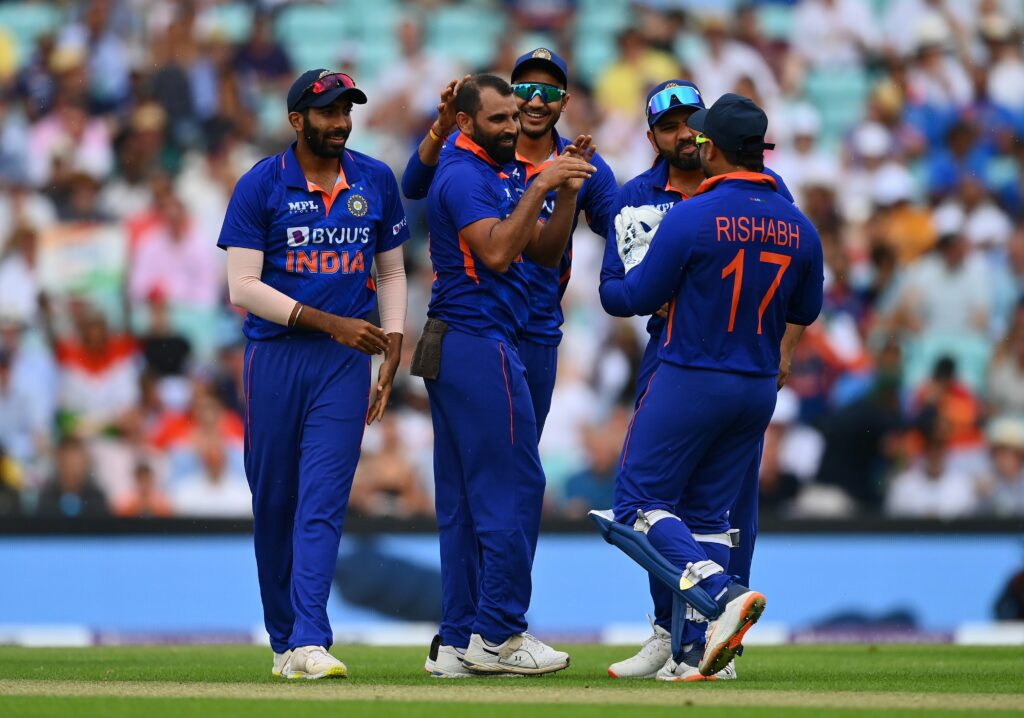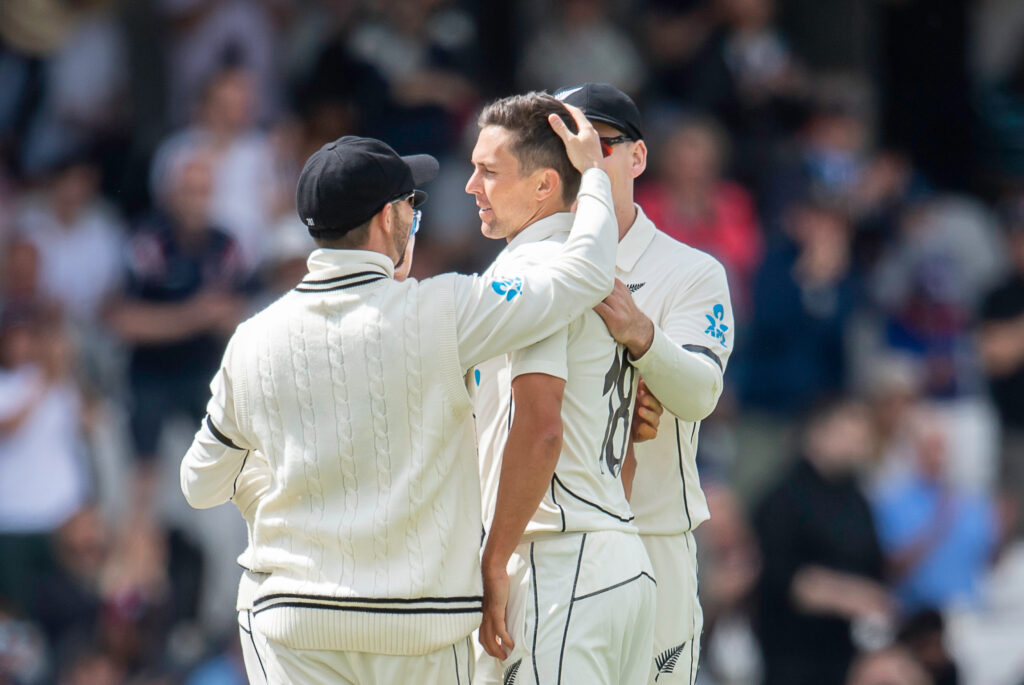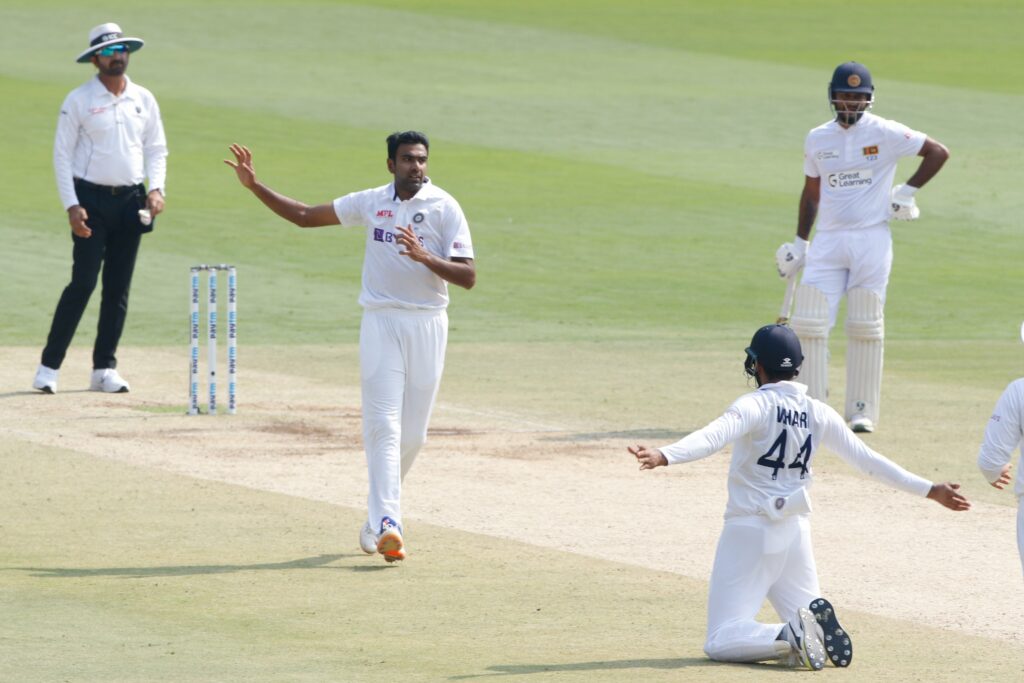India’s off-spinning all-rounder Ravichandran Ashwin says going back to one ball per innings could help the One-Day format retain its own identity, which he believes it lacks at the moment as an extended version of T20s. The player revealed that he switches off telly after a point while watching ODI games, feeling the lack of ebbs and flows.
Speaking on the Vaughany and Tuffers Cricket Club podcast, Ashwin, who is currently not part of India’s limited overs side, said the fifty-over format has become an extended version of T20 cricket.
“I’m an absolute cricket badger, a nut, and I switch off the telly after a point of time, watching the one-day game. That’s frankly very scary for that format of the game. Those ebbs and flows, when they go missing, it’s not cricket anymore, it’s just an extended format of T20,”
he said.
In late 2011, new regulations were introduced in ODI cricket with the use of two balls, one from each end. As a result, the balls stay hard for a longer period and the reverse swing has gone missing from the format. Ashwin suggested that the reintroduction of one ball per innings would help the format get back it’s own identity.
“I think one ball [per innings] is something that would work and even the spinners would come into play. You’d have a lot more spinners bowling at the back half of the game.
You might see a little more slowing of the pitch or whatever it is, and the reverse-swing might come back into play which I think is very crucial for the game.”

Ashwin thinks the reverse swing was a crucial factor in ODI cricket as it meant the teams had to bide their time and the bowling side remained in the game even when run-a-ball required in the last 10 overs.
“The beauty of one-day cricket is – sorry, was – that there was a lot of ebbs and flows in the game. Somebody needed to just bide their time, take the game deep, and the ball would be reverse-swinging.
At one point, 60 balls, 60 to get, with seven wickets in hand, and you’re backing the bowling team to win. Not any more.”
Ashwin isn’t the only one feeling hard done by the current state of ODI cricket. New Zealand seamer Trent Boult recently made similar comments on the same podcast.

Boult said the two balls good batting pitches have turned the game one-dimensional.
“In New Zealand, generally they’re drop-in wickets on rugby grounds with a wicket that doesn’t turn. You get 312 and then the team chasing chases that in 47 overs and you think ‘where did the last six hours go?’ I’d love to see it moving around, turning, 250 plays 250 – but also 420 plays 390,”
Boult had said.
On top of this, ODI cricket has largely felt irrelevant since the 2019 ODI World Cup due to the pandemic and the teams focusing more on the shorter format for two back to back T20 World Cups. 2020 and 2021 – the two pandemic-hit years had only 44 and 71 ODIs played, respectively. There is Cricket World Cup Super League in place for World Cup qualification but the schedule has mostly been squuezed in due to various reasons.


